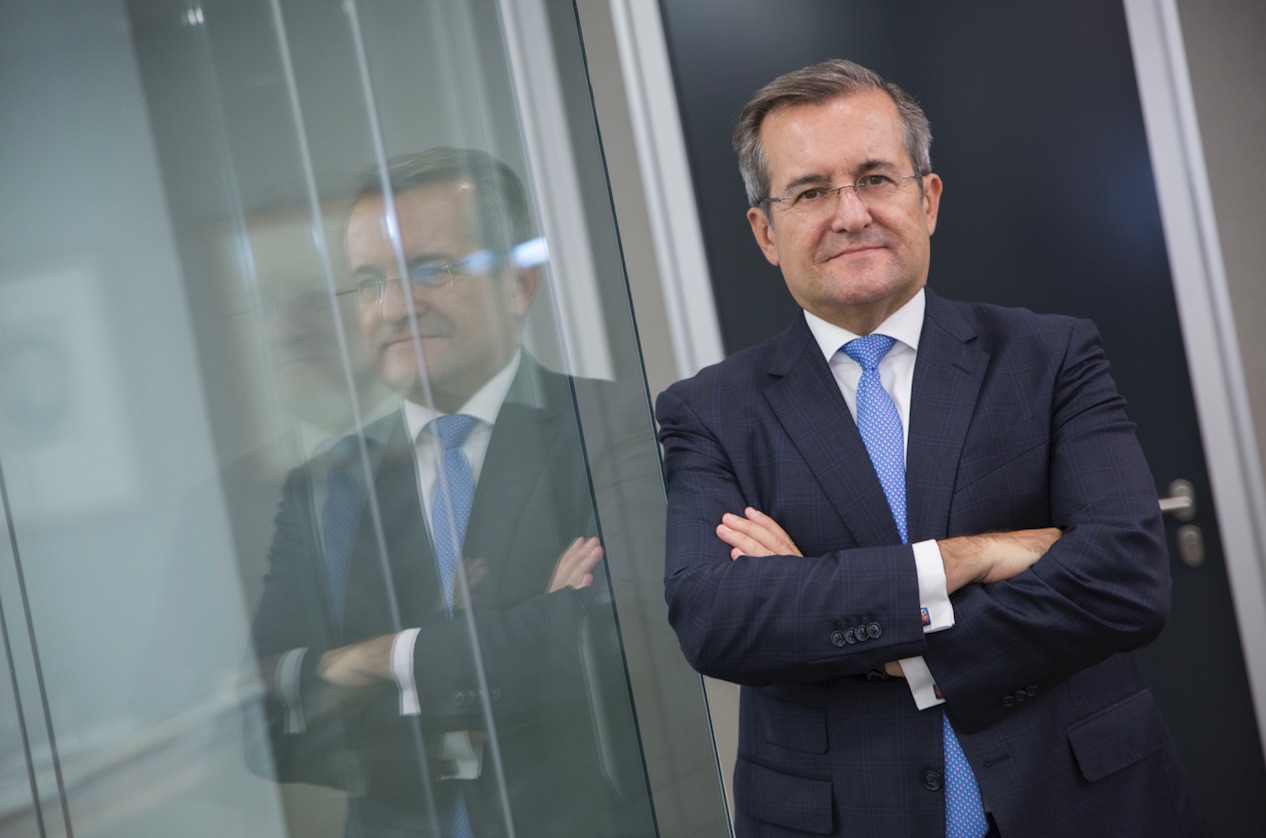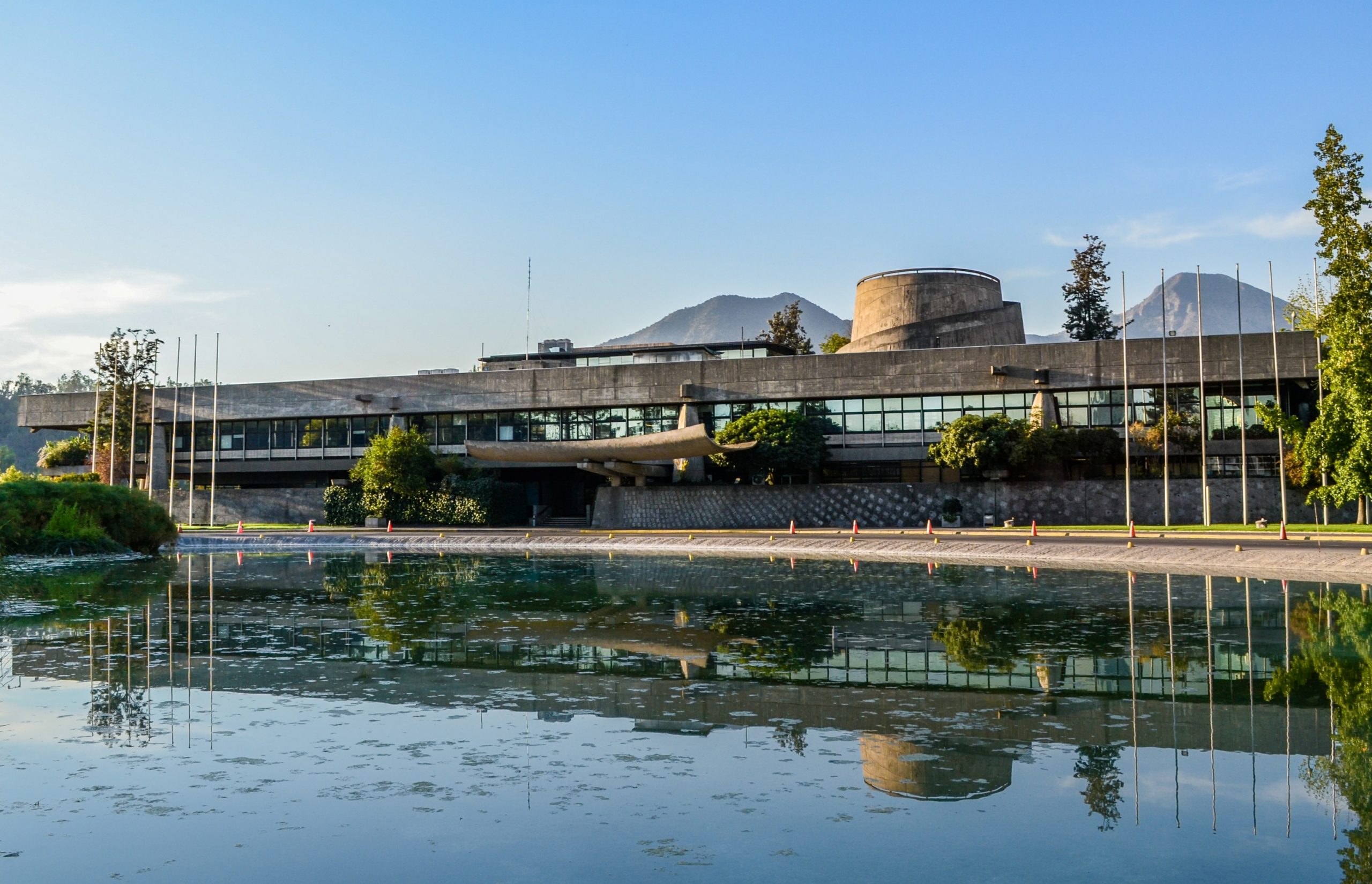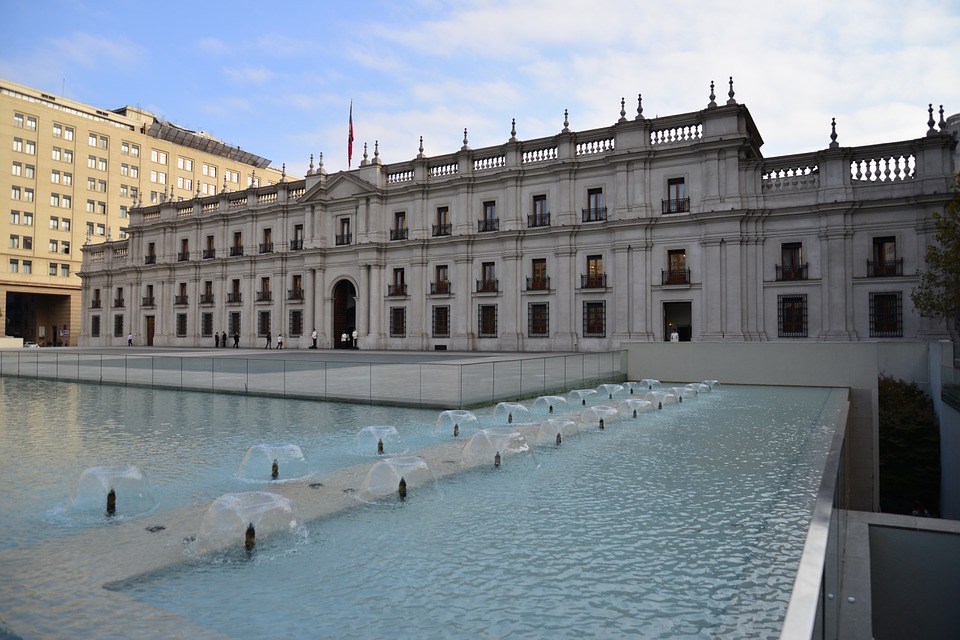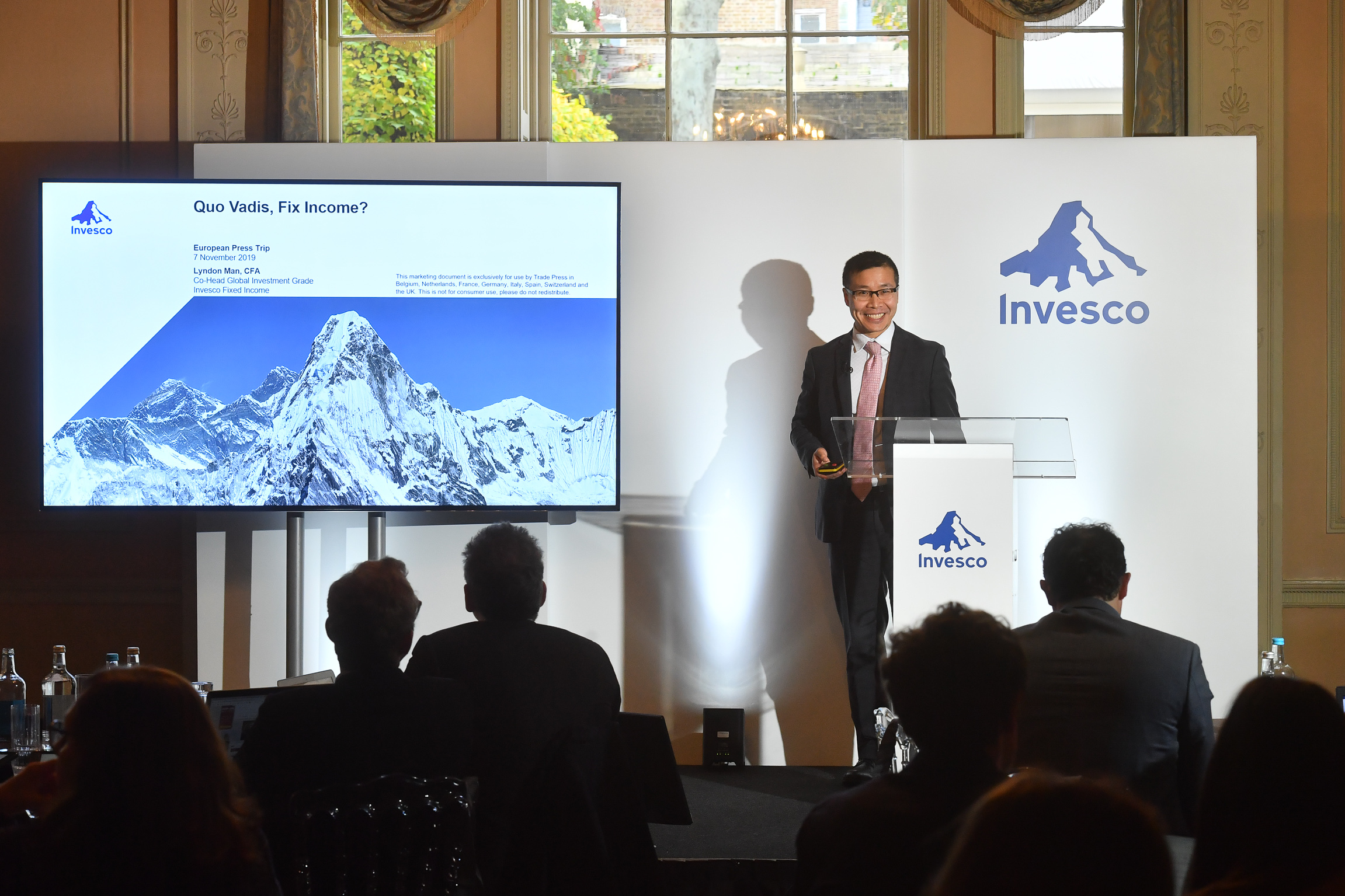Crédito asiático en dólares: un gigante se despierta (Parte I)
| Por IreneValiente | 0 Comentarios

Responsable del 45% del PIB global1, del 63% del crecimiento de este indicador2 y de cerca de tres quintos de la población del planeta3, Asia es una potencia económica que, en 2020, se estima que aportará la mitad de la clase media mundial4. Ahora, cuenta con un mercado de crédito en moneda fuerte de tres billones de dólares que se beneficia de su nuevo estatus. En la primera parte de este análisis, DWS explora las oportunidades de inversión que esto implica.
 El notable crecimiento económico de Asia ha sido ampliamente analizado, pero el interés histórico de los inversores se ha centrado en la renta variable por dos motivos: la búsqueda de exposición al crecimiento exponencial y la falta de emisión de deuda después de la crisis financiera de 1997. Sin embargo, la sufrida a nivel global en 2008 reconfiguró el escenario. “La expansión significativa y el incremento de la madurez de su mercado crediticio, así como el crecimiento de la región -aunque el ritmo haya descendido un poco- obligan a mirar a Asia de nuevo”, aseguran el jefe de renta fija de la gestora, Henry Wong, y el especialista en renta fija Robert Gibbs en el documento.
El notable crecimiento económico de Asia ha sido ampliamente analizado, pero el interés histórico de los inversores se ha centrado en la renta variable por dos motivos: la búsqueda de exposición al crecimiento exponencial y la falta de emisión de deuda después de la crisis financiera de 1997. Sin embargo, la sufrida a nivel global en 2008 reconfiguró el escenario. “La expansión significativa y el incremento de la madurez de su mercado crediticio, así como el crecimiento de la región -aunque el ritmo haya descendido un poco- obligan a mirar a Asia de nuevo”, aseguran el jefe de renta fija de la gestora, Henry Wong, y el especialista en renta fija Robert Gibbs en el documento.
El análisis de ambos sugiere que el panorama de inversión en renta fija en Asia está cambiando de varias maneras. “Sobre todo, dentro de los mercados crediticios en moneda fuerte, Asia parece la mejor posicionada entre las regiones emergentes para convertirse en una alternativa viable a los mercados estadounidense y europeo para el inversor global”. El mercado asiático en moneda fuerte, que incluye a emisores soberanos y cuasi-soberanos, superó el billón de dólares por primera vez el pasado julio, cinco veces más que en 2005 y al nivel del mercado corporativo high yield de EE.UU. (1,25 billones)5.
 Para la gestora, en parte, está relacionado con el aumento del tamaño del mercado de deuda corporativa asiática, responsable de cerca del 87% del crecimiento total de la deuda corporativa emergente externa en el último lustro6. Dentro de la región, China ha sido el motor más importante, pero también han contribuido países como Indonesia, India o Corea del Sur. Aunque la tasa de crecimiento anualizado del 19,85% experimentada entre 2008 y el tercer trimestre de 20197 no parece sostenible, DWS espera que el tamaño absoluto del mercado continúe expandiéndose.
Para la gestora, en parte, está relacionado con el aumento del tamaño del mercado de deuda corporativa asiática, responsable de cerca del 87% del crecimiento total de la deuda corporativa emergente externa en el último lustro6. Dentro de la región, China ha sido el motor más importante, pero también han contribuido países como Indonesia, India o Corea del Sur. Aunque la tasa de crecimiento anualizado del 19,85% experimentada entre 2008 y el tercer trimestre de 20197 no parece sostenible, DWS espera que el tamaño absoluto del mercado continúe expandiéndose.
Las valoraciones
Los inversores que se acercan a los mercados asiáticos en moneda fuerte esperando una extraordinaria compensación de los spreads deberían ser realistas en sus expectativas, advierte la gestora. En ese sentido, apunta que, en un contexto desafiante para los inversores globales, el JPM Asian Credit Index (JACI) negocia a un “spread to worst” frente a las letras del tesoro estadounidense de 210 puntos básicos (a 30 de septiembre).
Asimismo, los spreads del crédito asiático investment grade se ubicaron a 139 puntos básicos, y los del high yield, a 559. “Las modestas primas de riesgo crediticias reflejan que Asia es fundamentalmente una región de alta calidad”, apunta. De hecho, una vez alcanzado, la mayoría de los países de la región han mantenido su rating de grado de inversión y solo cinco mercados (Sri Lanka, Pakistán, Bangladesh, Mongolia y Vietnam) cuentan con una calificación inferior.
Los riesgos
Puede que algunos inversores perciban un mayor nivel de riesgo en el crédito asiático, pero algunos indicadores podrían sugerir lo contrario. La volatilidad de la rentabilidad total de los bonos corporativos asiáticos se compara favorablemente con los estadounidenses, especialmente en el espacio del investment grade, donde el diferencial de duración está más marcado.
La volatilidad de los spreads tampoco muestra ninguna diferencia significativa entre los dos mercados de high yield en los últimos cinco años. Para DWS, “esto significa que los inversores en renta fija asiática se benefician de rentabilidades más altas, un menor riesgo de duración, la comparación a mercados estadounidenses y, en el caso del high yield, niveles comparables de volatilidad en los spreads”.
 La habilidad del mercado de bonos asiáticos en moneda fuerte para soportar una crisis quedó latente en 2018, cuando la región se encontraba en el centro de una prolongada volatilidad de mercado. La gestora recuerda que las preocupaciones sobre una posible ralentización profunda en China y el conflicto comercial con EE.UU., así como las expectativas de un aumento de los tipos y los sucesos crediticios idiosincráticos, “pesaron en los mercados asiáticos”.
La habilidad del mercado de bonos asiáticos en moneda fuerte para soportar una crisis quedó latente en 2018, cuando la región se encontraba en el centro de una prolongada volatilidad de mercado. La gestora recuerda que las preocupaciones sobre una posible ralentización profunda en China y el conflicto comercial con EE.UU., así como las expectativas de un aumento de los tipos y los sucesos crediticios idiosincráticos, “pesaron en los mercados asiáticos”.
Al final, sin embargo, el crédito IG en dólares registró una rentabilidad anual del 0,04% y el mercado de bonos corporativos high yield de la región cayó un 3,34%8, pese a que el mercado high yield estuvo cerrado a nuevas emisiones durante varios meses. En el mismo periodo, el crédito IG estadounidense cayó un 2,25% y el high yield un 2,26%9.
“El rendimiento del crédito asiático no fue, por ende, distinto al experimentado por el mercado estadounidense”, afirma la gestora al insistir en que esto subraya la evolución de Asia en los últimos años: la volatilidad se ha ido reduciendo, mientras que la emisión y participación de la región ha ido aumentando. “El efecto neto es que cada vez muestra más características de un mercado desarrollado”, sentencia.
1. GDP based on purchasing power parity. World Economic Outlook, International Monetary Fund, April 2019
2. World Economic Forum, IMF, 21 March 2019
3. World Economic Outlook, International Monetary Fund, April 2019
4. The Asian Century is set to begin, 26 March 2019, Financial Times, https://www.ft.com/content/520cb6f6-2958-11e9-a5ab-ff8ef2b976c7
5. Bloomberg Barclays US Corporate High Yield Index, as of 30 September 2019
6. JP Morgan Emerging Markets Corporate Strategy Presentation, as of September 2019
7. J.P. Morgan Asian Credit Index, 30 September 2019
8. Asia corporate market performance is based on BOFAML Asia Dollar IG Corporate index (ACIG) and BOFAML Asia Dollar HY Corporate index (ACHY).
9. US corporate market performance is based on BOFAML US Corporate Index and BOFAML US High Yield Index.
Forecasts are not a reliable indicator of future returns. Forecasts are based on assumptions, estimates, views and hypothetical models or analyses, which might prove inaccurate or incorrect.
For institutional investor use and registered representative use only. Not for public viewing or distribution.
Important risk information
Stocks may decline in value. Investing in foreign securities presents certain risks, such as currency fluctuations, political and economic changes, and market risks. Emerging markets tend to be more volatile and less liquid than the markets of more mature economies, and generally have less diverse and less mature economic structures and less stable political systems than those of developed countries. Investing in derivatives entails special risks relating to liquidity, leverage and credit that may reduce returns and/or increase volatility. Bond investments are subject to interest-rate, credit, liquidity and market risks to varying degrees. When interest rates rise, bond prices generally fall. Credit risk refers to the ability of an issuer to make timely payments of principal and interest. The fund invests in commodity-linked derivatives which may subject the fund to special risks. Market price movements or regulatory and economic changes will have a significant impact on the fund’s performance. There are special risks associated with an investment in real estate, including REITS. These risks include credit risk, interest rate fluctuations and the impact of varied economic conditions. Companies in the infrastructure, transportation, energy and utility industries may be affected by a variety of factors, including, but not limited to, high interest costs, energy prices, high degrees of leverage, environmental and other government regulations, the level of government spending on infrastructure projects, intense competition and other factors. Any fund that focuses in a particular segment of the market or region of the world will generally be more volatile than a fund that invests more broadly. See the prospectus for details.
The brand DWS represents DWS Group GmbH & Co. KGaA and any of its subsidiaries such as DWS Distributors, Inc. which offers investment products or Deutsche Investment Management Americas Inc. and RREEF America L.L.C. which offer advisory services.
Certain DWS investment products and services may not be available in every region or country for legal or other reasons, and information about these products or services is not directed to those investors residing or located in any such region or country.
The material was prepared without regard to the specific objectives, financial situation or needs of any particular person who may receive it. It is intended for informational purposes only and it is not intended that it be relied on to make any investment decision. It is for professional investors only. It does not constitute investment advice or a recommendation or an offer or solicitation and is not the basis for any contract to purchase or sell any security or other instrument, or for DWS and its affiliates to enter into or arrange any type of transaction as a consequence of any information contained herein.
Investments are subject to various risks, including market fluctuations, regulatory change, possible delays in repayment and loss of income and principal invested. The value of investments can fall as well as rise and may not recover the amount originally invested at any point in time. Furthermore, substantial fluctuations of the value of the investment are possible even over short periods of time.
DWS and its affiliates do not provide accounting, tax or legal advice and investors should consult their own advisors with respect to their particular circumstances.
For investors in Peru / Argentina / Chile: “Without limitation, this document does not constitute an offer, an invitation to offer or a recommendation to enter into any transaction neither does it constitute the offer of securities or funds. The offer of any services and/or securities or funds will be subject to appropriate local legislation and regulation.”
Additional disclaimer for Chile: The information contained in this document is not intended to be an offer of securities. This information is subject to General Rule No. 336 of the Superintendencia de Valores y Seguros de Chile (“SVS”). The units issued under this fund are not registered with the SVS. The issuer is not required to provide information in Chile on the units issued under the fund. The units may not be publicly offered unless they are properly registered with the SVS.
Additional disclaimer for Peru: The Products may not be offered or sold to the public in Peru. Accordingly, the Products have not been nor will they be registered with the Peruvian Superintendence of Capital Markets – Public Registry of the Capital Markets- nor have they been submitted to the foregoing agency for approval. Documents relating to the Products, as well as the information contained therein, may not be supplied to the public in Peru.
For investors in Mexico: The funds have not been and will not be registered with the National Registry of Securities, maintained by the Mexican National Banking Commission and, as a result, may not be offered or sold publicly in Mexico. The fund and any underwriter or purchaser may offer and sell the funds in Mexico, to institutional and Accredited Investors, on a private placement basis, pursuant to Article 8 of the Mexican Securities Market Law.
Without limitation, this document does not constitute an offer, an invitation to offer or a recommendation to enter into any transaction neither does it constitute the offer of securities or funds. The offer of any services and/or securities or funds will be subject to appropriate local legislation and regulation.
For investors in Panama: These securities have not been listed with the Superintendence of the Securities Market and neither has any offering, sale or transaction with them. The listing exemption has been made based on Article 83 (3) of Decree Law No. 1 of July 8, 1999 (Institutional Investors). Consequently the tax treatment established under Articles 269 to 271 of Law Decree 1, dated 8 July 1999, does not apply. These securities do not fall under the supervision of the Superintendence of the Securities Market.
For investors in Uruguay: The sale of the [Products] qualifies as a private placement pursuant to section 2 of Uruguayan law 18,627. The [Products] must not be offered or sold to the public in Uruguay, except in circumstances which do not constitute a public offering or distribution under Uruguayan laws and regulations. The [Products] are not and will not be registered with the Financial Services Superintendency of the Central Bank of Uruguay.
© 2019 DWS Group GmbH & Co. KGaA. All rights reserved. I-071623-1









